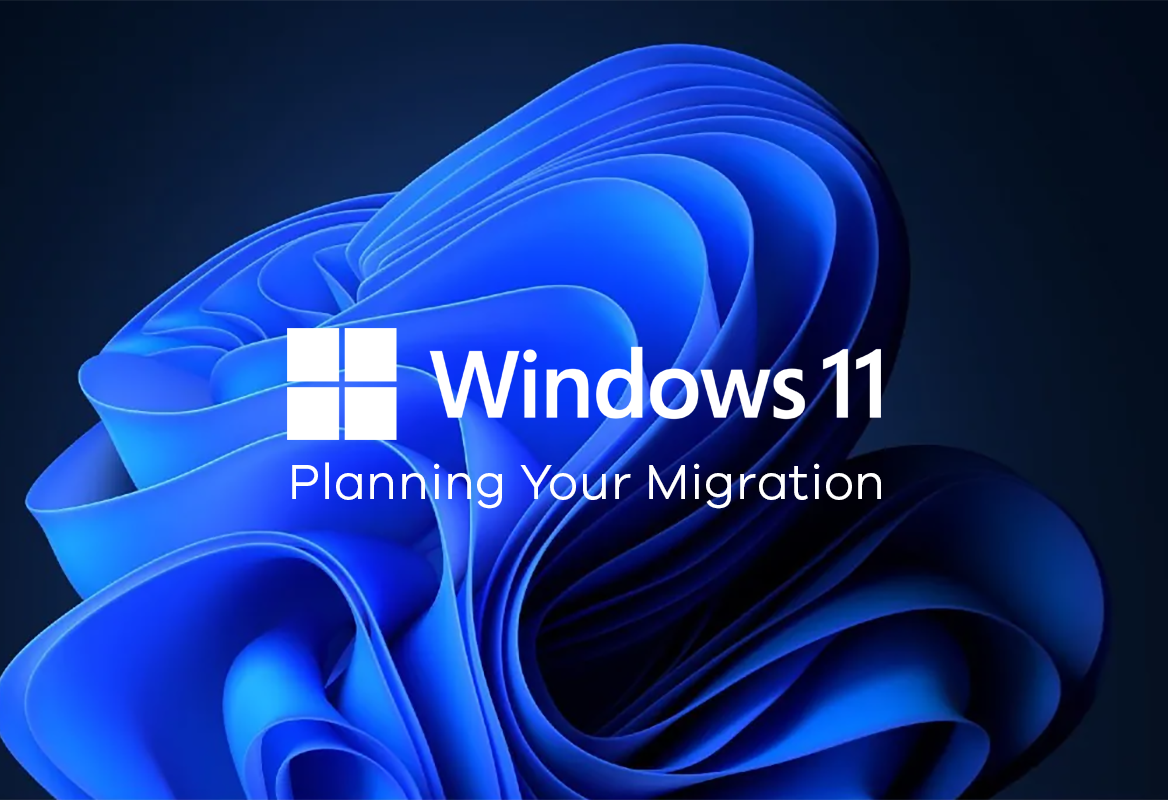“In the constantly evolving technology-driven world, IT leaders are tasked with the challenging objective of ‘doing more with less’.
Amidst escalating costs and market uncertainties, businesses are grappling with economic hurdles, while still expecting their IT departments to maintain world-class standards with limited resources, essentially to do more with less.
This situation calls for a strategic focus on optimising efficiency, reducing costs, and maximising productivity, particularly when budgets are tight, and expenditures are closely scrutinised.
Right-sized Cloud
A significant strategy for many organisations, including our clients who often have a strong Microsoft presence, is the evaluation and adoption of cloud technologies. Cloud computing platforms such as Microsoft Azure, AWS, and Google Cloud offer versatile solutions, but it’s crucial to determine whether a full cloud strategy or a hybrid approach is more beneficial for operational efficiency and commercial improvement. The pay-as-you-go model of many cloud services allows for resource scaling and reduces upfront infrastructure expenses. However, it’s essential to ensure that cloud resources are ‘right-sized’ and optimised to avoid wastage, as approximately 28% of cloud spend is reportedly wasted, according to Flexera.
Licence Optimisation
Another vital way that you can do more with less is through licence optimisation. Licensing costs also present a significant opportunity for optimisation. Implementing a license optimisation strategy, especially with tools like Microsoft License Advisor, and considering subscription-based models like Microsoft 365 can be effective. It’s important to select the right Microsoft 365 plan that aligns with your business’s size, collaboration, and security needs. Optimising software licensing contracts, whether by consolidating licenses or leveraging discounts and renewal options, can lead to substantial cost savings, sometimes up to 30%, as suggested by Gartner.
Harnessing the power of Microsoft 365 can be a game changer. With over 300 million active users, this cloud-based productivity suite enables work flexibility and remote productivity, coupled with automatic updates and robust security. Its AI-driven features and familiar applications not only enhance efficiency but also simplify IT management. Organisations adopting Microsoft 365 have reported a 22% increase in productivity, according to Microsoft.
Automation
Automation emerges as a key force multiplier in this “do more with less” landscape too. Tools like Microsoft Power Automate, Ansible, Puppet, or Chef can significantly enhance IT process automation. Automation frees employees to focus on strategic tasks and aids in data analysis and informed decision-making, ultimately contributing to better business outcomes. According to PwC, automation can reduce operational costs by up to 45%, thereby boosting efficiency.
Security & Compliance
Security and compliance remain top priorities. Following cybersecurity best practices and using vulnerability scanning tools are essential for protecting data and systems. Investing in Microsoft’s security solutions, like Microsoft 365 Defender and Azure Security Centre, and considering outsourcing to SOC services partners, such as Krome, can fortify your security measures. Educating end-users and conducting regular phishing awareness tests are also vital, especially considering that the global average cost of a data breach in 2023 was a staggering USD 4.45 million, a 15% increase over three years, according to IBM.
Virtualisation & Containerisation
Virtualisation and containerisation technologies like VMware and Docker are crucial for optimising resource utilisation and streamlining application deployment. Automating container management operations with Kubernetes can further optimise IT resource use.
Outsourcing & Managed Services
Outsourcing and managed services are increasingly becoming viable options for IT leaders. By outsourcing IT functions to managed service providers, such as Krome, businesses can reduce costs and allow internal resources to focus on strategic initiatives that add operational value. The managed services market is growing at a CAGR of 9.4% from 2021 to 2026 according to GMI, this highlights the trend of investing in partners for basic tasks like system monitoring and patching; this outsourcing essentially buys back precious time for internal teams to utilise on strategic, needle-moving tasks.
Communication & Collaboration
Enhancing communication and collaboration with tools like Microsoft Teams, Box, Slack, or Google Workspace has been linked to reducing employee turnover rates by 50%. And in the realm of data analytics and business intelligence, investing in tools like Tableau, QlikView, and Microsoft Power BI is crucial for deriving actionable insights from data. The leading trends in business intelligence include data visualisation, data quality management, and self-service BI.
Employee Training
Prioritising employee training and skill development is equally important. Training not only enhances process understanding and reduces the likelihood of errors, but also promotes familiarity with time-saving tools and technologies. Companies investing in career development tend to retain employees longer, as indicated by the LinkedIn Workplace Learning Report.
Energy Efficient Solutions
Lastly, investing in energy-efficient and scalable hardware solutions is vital for reducing infrastructure costs and environmental impact, with potential reductions in energy consumption of up to 25%, according to the Green Electronics Council.
With all of these considerations, the path to efficiency and innovation in IT lies in the strategic integration of diverse technologies, it’s about maximising the value of each resource while minimising costs.
The focus is less on doing more with less, and more on leveraging existing resources in the most effective way possible.
How Krome can help
At Krome, we help organisations take a holistic approach, by evaluating your current technology landscape, blending hybrid technologies, optimising licensing, automating processes, modernising security, and offering to outsource where appropriate, to create a well-rounded strategy for maximised efficiency and future success. If you would like to speak to us about how we can help you leverage your existing resources, and achieve more with less, don’t hesitate to get in touch with us or complete the form below for further information.
Want to know more?
Contact us today to explore how our tailored solutions can align with your business priorities.
Join our Krome community



